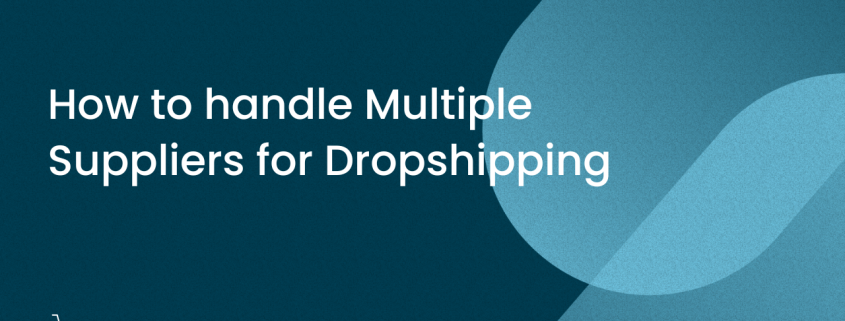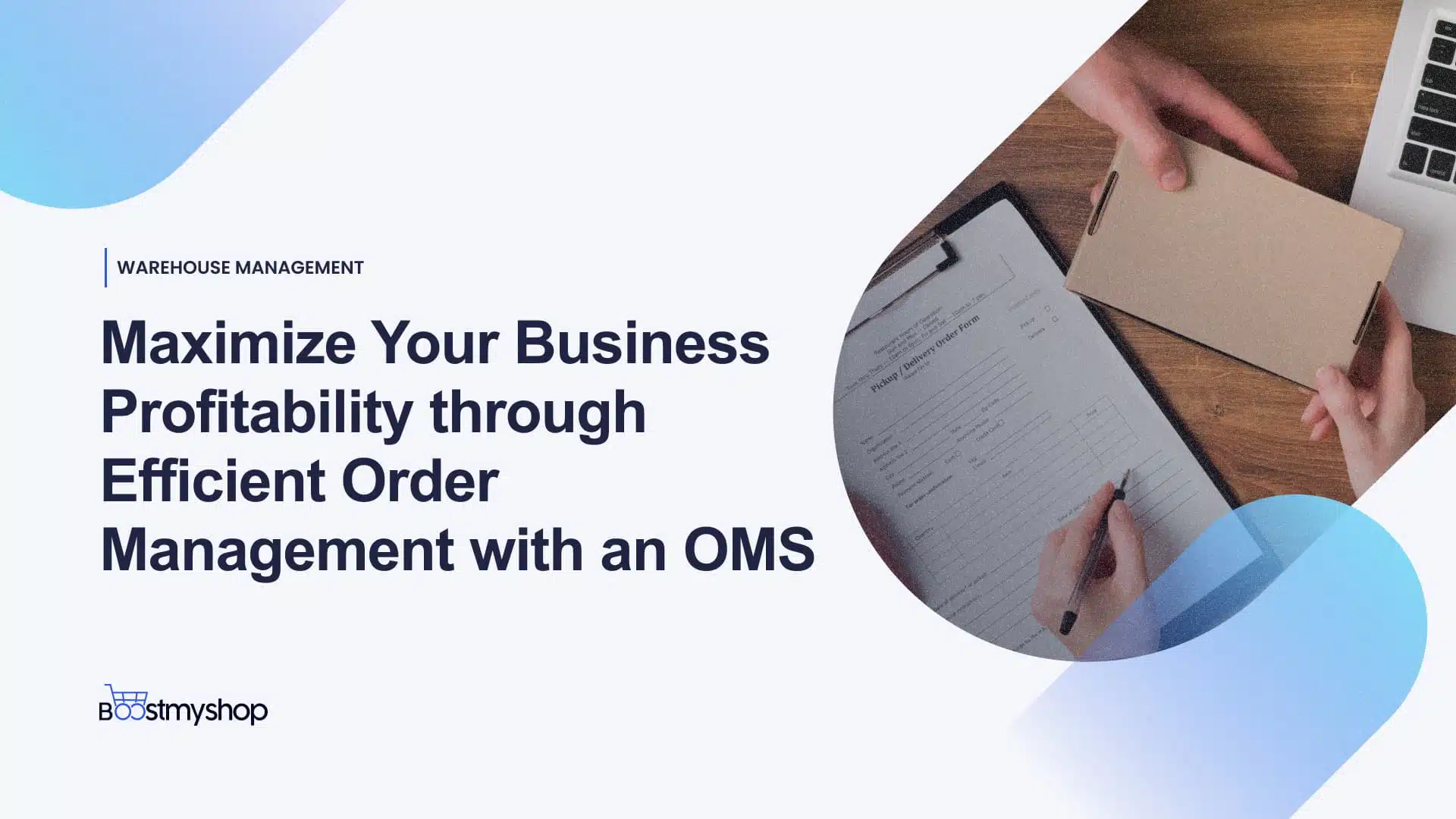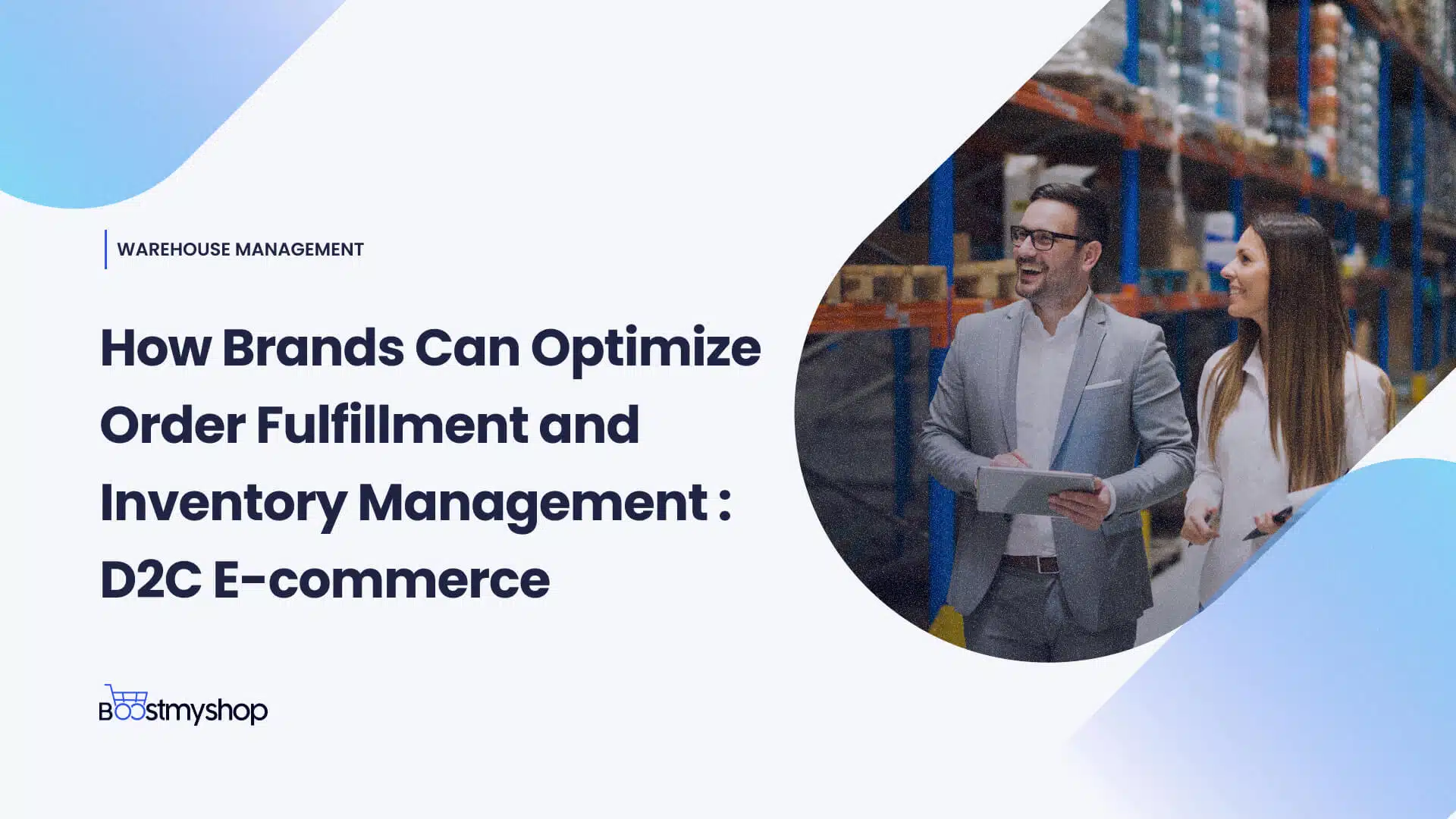How to handle Multiple Suppliers for Dropshipping
Dropshipping is an increasingly popular way for e-commerce businesses to sell products without the need for a physical inventory. With dropshipping, the retailer simply lists products on their website, and when a customer places an order, the retailer purchases the product from a third-party supplier who then ships it directly to the customer. This means that the retailer doesn’t have to handle or store any inventory themselves, which can save them a lot of time and money.
One of the challenges of dropshipping, however, is finding and managing multiple suppliers. Working with multiple suppliers can help e-commerce businesses offer a wider range of products and reduce their reliance on any one supplier, but it can also create complexity and increase the risk of supply chain disruptions. In this article, we’ll discuss how to handle multiple suppliers for dropshipping and maintain smooth operations for your e-commerce business.
Finding and Vetting Suppliers
The first step in managing multiple suppliers for dropshipping is to find and vet potential suppliers. There are many ways to find suppliers, including searching online directories, attending trade shows, and networking with other e-commerce businesses. It’s important to evaluate suppliers based on a variety of factors, such as product quality, pricing, shipping options, and reliability.
One way to vet/qualify suppliers is to order samples of their products and evaluate them for quality and accuracy. You can also check reviews and ratings of suppliers on online marketplaces and forums to get a sense of their reputation. It’s important to communicate with suppliers directly to ask questions about their products and services, and to establish a rapport with them.
Managing multiple suppliers for Dropshipping
Once you’ve found and vetted multiple suppliers, it’s important to have a system in place for managing orders and shipments from each supplier. This can include creating a spreadsheet or database to track orders, shipments, and payments, as well as establishing procedures for handling returns, exchanges, and other customer service issues.
It’s also important to communicate regularly with each supplier to ensure that they have the necessary inventory and are able to fulfill orders in a timely manner. This can help prevent supply chain disruptions and reduce the risk of customer complaints or negative reviews.
Dealing with Supply Chain Disruptions
Despite your best efforts, supply chain disruptions can still occur when working with multiple suppliers for dropshipping. These disruptions can include out-of-stock products, shipping delays, and other issues that can affect your business operations and customer satisfaction.
To mitigate these risks, it’s important to identify potential disruptions and develop contingency plans. This can include having backup suppliers or alternative products that you can offer if a particular supplier is unable to fulfill an order. It’s also important to communicate with suppliers regularly to stay informed about any issues that may arise.
Using Technology to Streamline Operations
Technology can be a powerful tool for streamlining operations and managing multiple suppliers for dropshipping. There are many e-commerce platforms, dropshipping software, and other tools that can automate order processing, inventory management, and other tasks. Using analytics can also help track performance metrics and identify areas for improvement, such as optimizing product offerings or adjusting pricing.
Leveraging data can also help make informed decisions about supplier relationships, such as which suppliers are most reliable or offer the best products. This can help e-commerce businesses maintain good relationships with their suppliers and ensure that they are getting the best value for their money.
To Conclude: Dropshipping is profitable
Managing multiple suppliers for dropshipping can be challenging, but with the right strategies and tools, it can also be a great way to expand product offerings and reduce the risk of supply chain disruptions. By finding and vetting suppliers, establishing procedures for managing orders and shipments, developing contingency plans, and using technology to streamline operations, e-commerce businesses can successfully manage multiple suppliers and maintain smooth operations.






